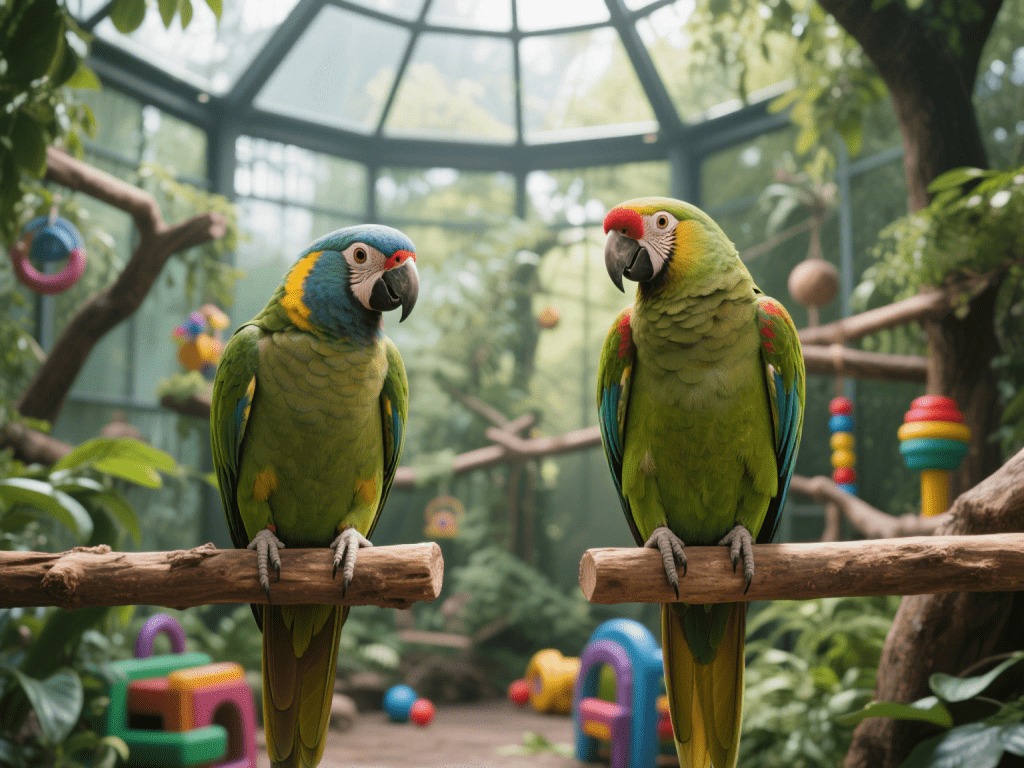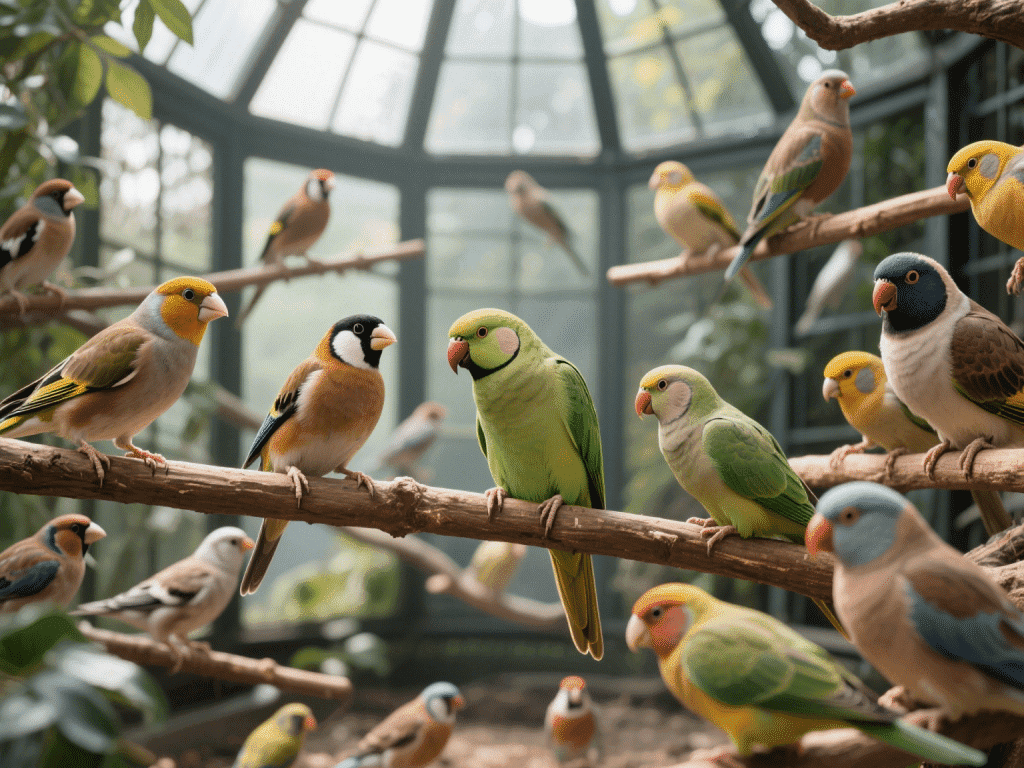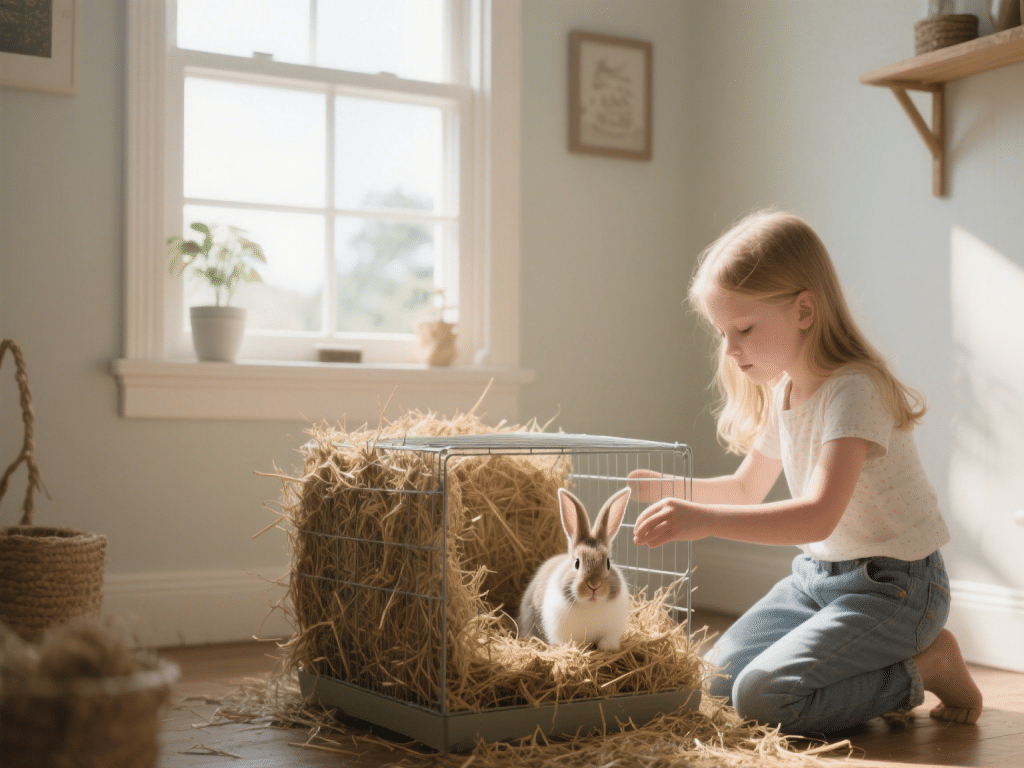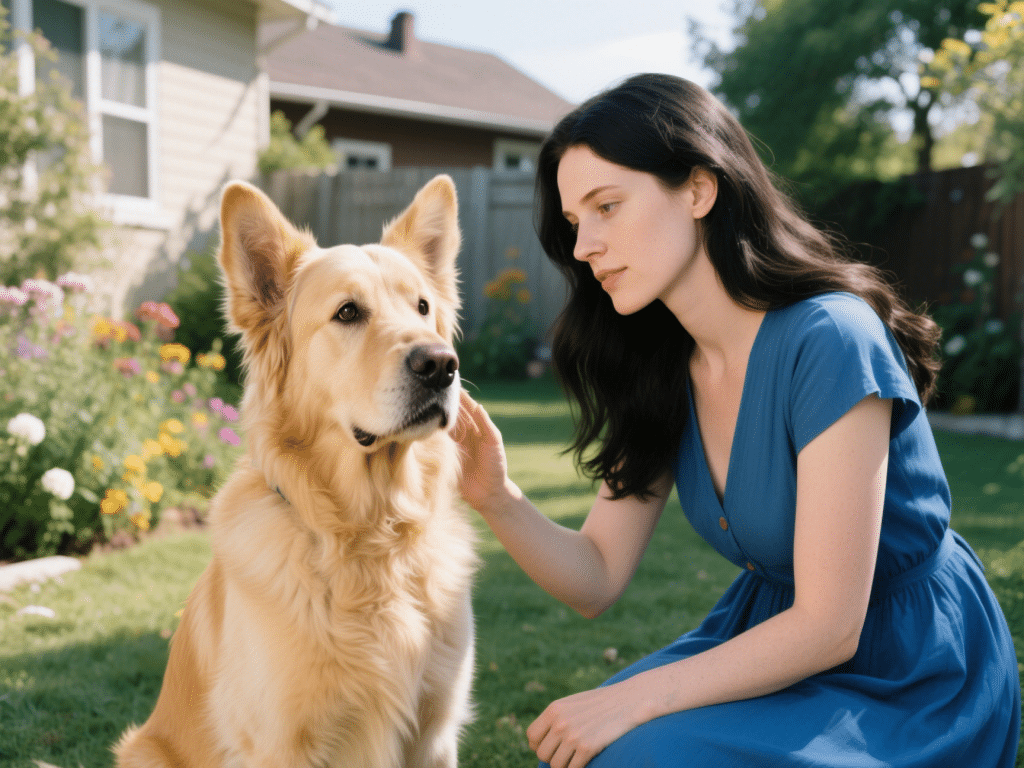
Safe Socialization Practices for Multiple Pet Birds
Managing more than one pet bird can bring double the joy—but also potential conflicts. A...

Combining parakeets, finches, and canaries in a single aviary offers visual and auditory delight—but also requires careful planning. With over a decade advising avian enthusiasts, I’ve distilled best practices to ensure peace, health, and enrichment for diverse species.
Provide at least 10 ft² per bird, with vertical and horizontal flight space. Use natural branches and multiple perching levels (higher zones for parakeets, lower for finches).
Parakeets relish pellets and vegetables; finches prefer millet sprays and seed mixes; canaries thrive on seed, fruit, and egg food. Offer separate feeding stations to reduce competition.
Install nest boxes or nesting baskets—ensure each species has its own style: enclosed boxes for parakeets, shallow baskets for finches, and high‑perch baskets for canaries. Provide visual barriers between boxes to minimize territorial aggression.
Include shallow communal baths and mister stations. Birds preen and bathe differently—ensure bath depth ≤ ½ inch and change water daily to prevent bacterial growth.
Maintain daytime temps at 65–75°F with 40–60% humidity. Use thermostatically controlled infrared heaters in cooler climates and misting fans during heat waves to maintain comfort.
Observe for aggression (chasing, pecking). If territorial disputes arise, add visual barriers or separate zones with mesh partitions. Provide enrichment—leafy branches, foraging trays—to diffuse tension.
Hang multiple types of toys: mirrors for parakeets, spice‑scented foraging bundles for finches, and colorful bells for canaries. Rotate toys weekly and hide treats to stimulate natural foraging behaviors.
Weekly visual exams: bright eyes, smooth feathers, and regular droppings. Record any sneezing, lethargy, or appetite changes. Quarantine newcomers for 30 days with fecal exams to prevent disease introduction.
Implement a rotational cleaning schedule: spot clean daily, deep clean one‑third of the aviary weekly (per section), and full sanitization monthly. Use avian‑safe disinfectants and rinse thoroughly.
Some finch species may enter torpor. Monitor energy levels and provide supplemental feeding during colder months. Adjust light cycles gradually to mirror natural photoperiod changes.

Managing more than one pet bird can bring double the joy—but also potential conflicts. A...

Rabbits possess open-rooted teeth that grow continuously—essential for their survival bu...

As dogs enter their golden years, their nutritional requirements shift—metabolic rate sl...

IntroductionTraveling with cats demands careful planning to minimize stress for both felin...

IntroductionParakeets (budgies) are intelligent, social birds capable of mimicking human s...

Decoding Dog Behavior: Understanding Your Pet’s Body LanguageEffective communication wit...
Comments on "Setting Up a Multi‑Species Aviary: Keeping Parakeets, Finches & Canaries Harmoniously" :